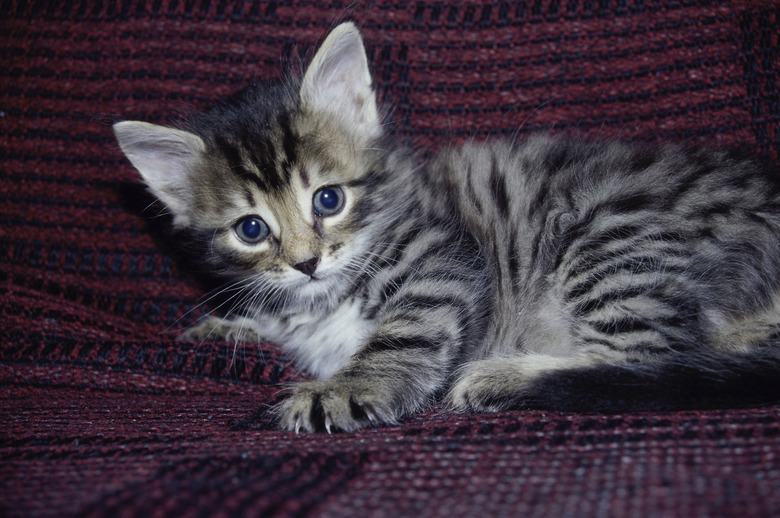What Age Does A Cat Start Shedding?
Cat shedding is a common nuisance for pet owners, but it is perfectly healthy for a cat to shed his or her hair. However, the amount of shedding depends on a number of factors and differs for every cat. Kittens start shedding at less than a year old; older cats might need help grooming.
Excessive shedding, however, can be a problem caused by a number of health issues including anxiety-induced over-grooming, skin conditions, and even allergies. The most common allergies in cats are environmental, fleas, and food.
Why do cats shed?
Why do cats shed?
Healthy cats shed their hair all the time. Shedding is natural temperature control, so cats will shed more during the warmer summer months and less during winter. Sunlight and artificial heat can have an effect on the amount of hair a cat will shed — indoor cats might lose less hair over time, but will still shed their hair consistently throughout the year. Outdoor cats lose more hair when the seasons change.
When do kittens start shedding?
When do kittens start shedding?
Kittens are born with a soft duckling-like fur that eventually falls out during their adolescent phase, which begins at about six months. Until then, a kitten's fur is shorter and softer than adult fur. Like people, cat hair grows from skin follicles, but cats have compound follicles, which means they can grow as many as 15 hairs from a single follicle.
As kittens lose their soft fur to make way for adult cat hair, it can look like an excessive amount of hair is falling out. But finding dust bunny-like balls of downy fur around your house is normal for kitten owners. That won't last long. Kitten fur will be replaced by courser hair by the time the felines are six to eight months old.
A kitten shedding at three months is unusual. Most kittens begin shedding at six months old. Shedding depends on the breed, age, hormones, diet, and even health of the cat. If shedding results in visible bald patches, seek veterinary attention.
What causes excessive shedding?
What causes excessive shedding?
Excessive hair loss may be a sign of illness or stress. While it is normal for kittens to start shedding at an early age, a condition known as congenital hypotrichosis will cause kittens to be born with little to no hair and eventually be bald by four months. Unfortunately, there is no specific treatment for this condition.
Other causes of early hair loss include parasites, ringworm, and mange. Kittens are more likely to pick up diseases because of their underdeveloped immune systems, so signs of excess shedding at this age should be addressed by a veterinarian.
Do older cats shed?
Do older cats shed?
Older cats that start losing more hair than usual might have a hormonal imbalance, such as feline hyperthyroidism, which can cause excess shedding. Older cats are also less likely to groom themselves as often as they used to, so brushing and grooming by owners is especially important as the cat's hair continues to shed naturally. Cats shed throughout their life, and there is no non-shedding breed.
Should I groom a kitten?
Should I groom a kitten?
Cats are known for their self-grooming, but owners may need to take care of those hard-to-reach places. Daily brushing will remove dead hair that can cause matting and tangles. As someone caring for cats or kittens, start a grooming routine when your feline is a few months old, before shedding starts, to get her used to it.
Create a positive experience by brushing the kitten while gently alternating with soft petting. Offer treats if the cat is somewhat nervous. The idea is to earn the cat's trust, rather than achieve a thorough groom. Brushing should be a calm experience, not playtime.


